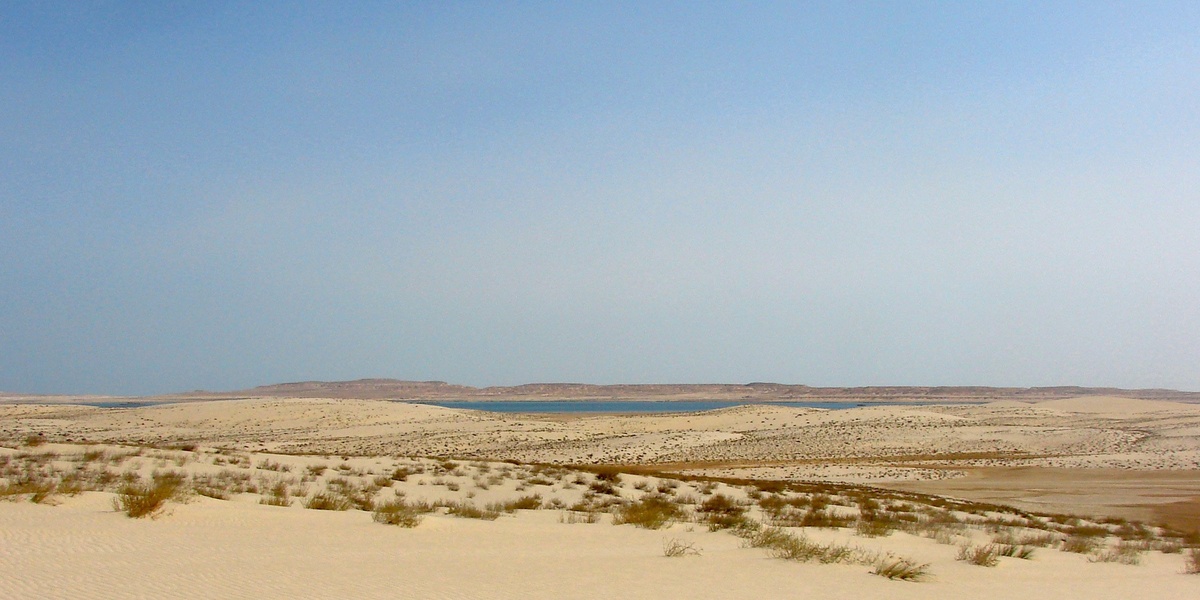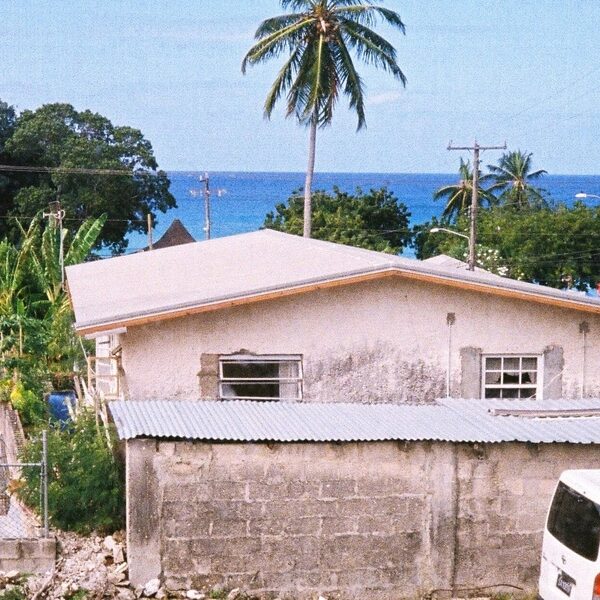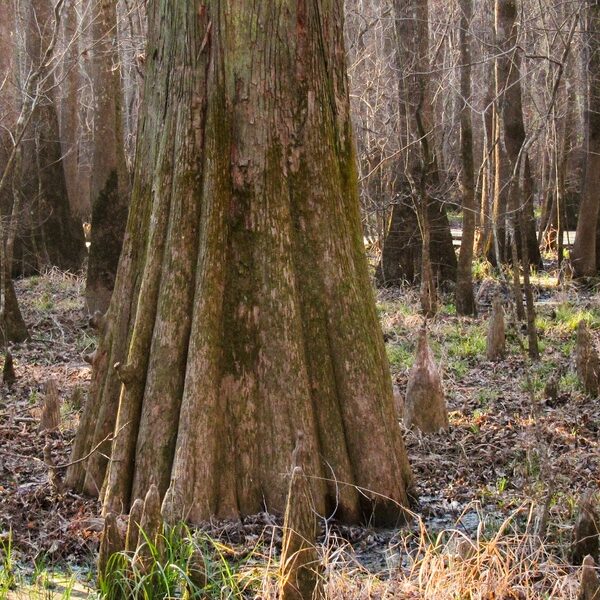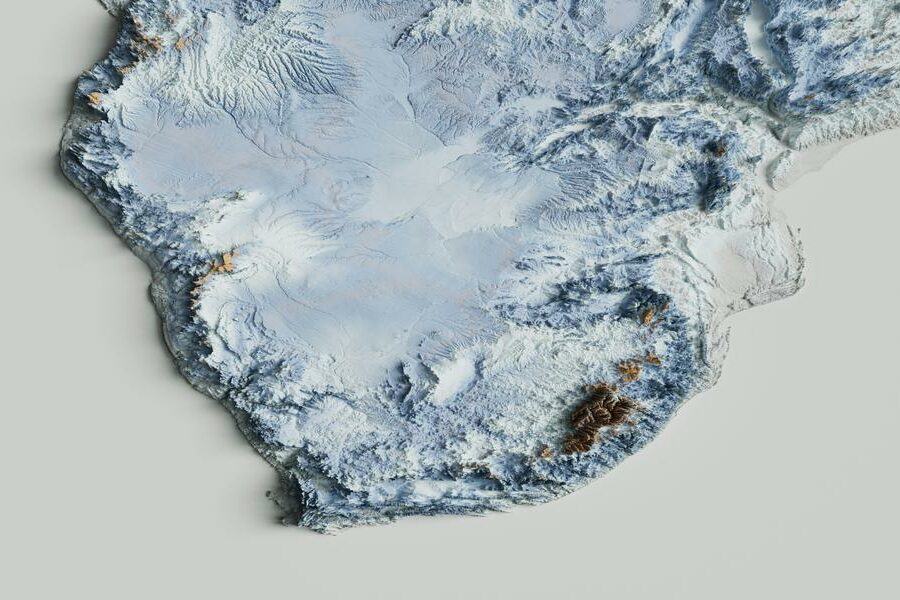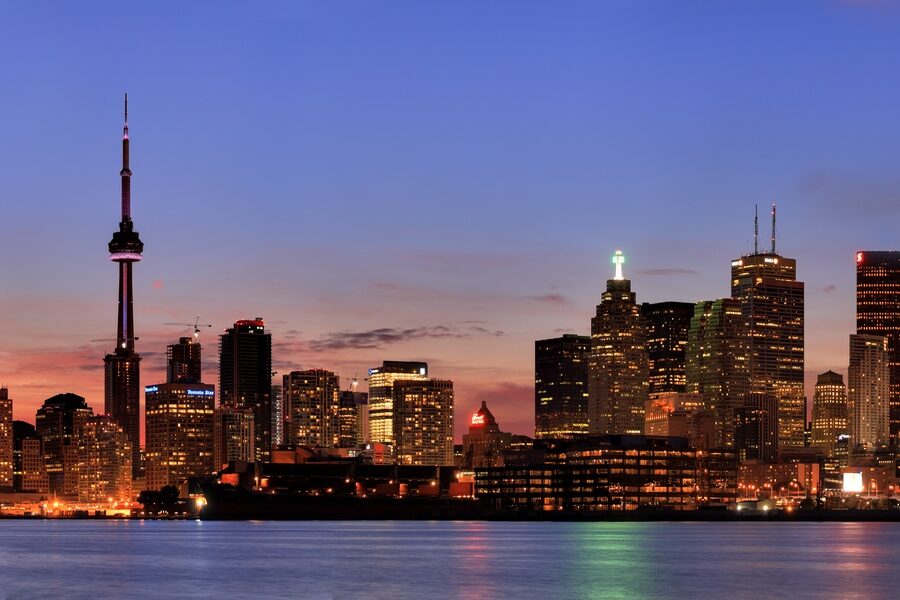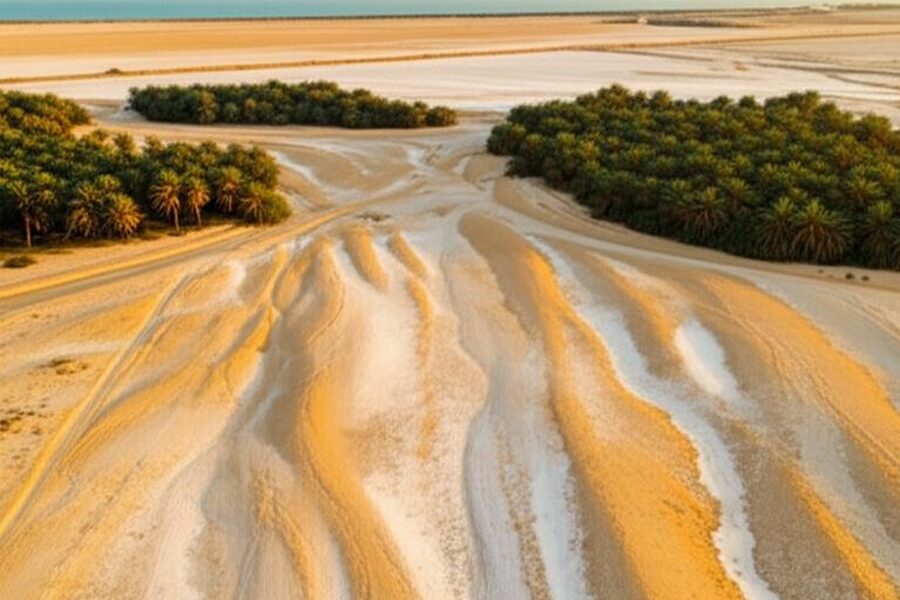Libya, a vast North African nation often characterized by its expansive deserts, holds unexpected natural wonders that challenge common perceptions. Beneath the arid landscape, or sometimes within it, exist pockets of life-giving water that are crucial to local ecosystems and communities.
While water sources can be scarce, this country is home to a fascinating array of inland water bodies. In the list below, you’ll discover 13 Lakes in Libya, from the coastal Ain Zayanah to the more inland Wadi Kaam Dam Lake. For each, we provide key details including its Location, Area (km²), and any Notable Feature, making it easy to understand their unique characteristics.
Are most lakes in Libya natural oases or man-made reservoirs?
Libya features a mix of both. While some are natural freshwater oases, often found in depressions or fed by springs like the Ubari Lakes, others are significant man-made reservoirs created by dams, such as the Wadi Kaam Dam Lake, primarily for water management, irrigation, and flood control in an arid environment.
What is the ecological significance of these lakes in such an arid region?
These lakes, whether natural or artificial, play a vital ecological role. They create unique microclimates, support diverse plant and animal life that adapted to desert conditions, and serve as crucial watering holes for migratory birds. They are also important for local communities, providing water for agriculture, livestock, and sometimes even recreation.
Lakes in Libya
| Lake Name | Location | Area (km²) | Notable Feature |
|---|---|---|---|
| Gaberoun | Ubari Sand Sea, Fezzan | 0.08 | Extremely saline remnant of a larger ancient lake, surrounded by towering sand dunes and date palms. |
| Umm al-Maa | Ubari Sand Sea, Fezzan | 0.05 | Mother of Water; a picturesque, highly saline oasis lake whose lower layers are anoxic and colored red by bacteria. |
| Mandara | Ubari Sand Sea, Fezzan | 0.03 | One of the famous Ubari oasis lakes, now often dry but historically significant and set in a dramatic dune landscape. |
| Truna | Near Ubari, Fezzan | 1 | A very shallow, salty lake in a crater-like depression, historically important for salt and natron extraction. |
| Buema Lake | Kufra Oasis, Al Kufrah | 2.5 | A slightly saline lake that is the main surface water body of the vast and remote Kufra oasis. |
| Ain Zayanah | Benghazi | 0.5 | A brackish, spring-fed karstic lake connected to the Mediterranean Sea, creating a unique coastal lagoon ecosystem. |
| Sabkhat Ghuzayyil | Sirt Basin | 1,500 | Libya’s largest inland salt flat (sabkha), a vast endorheic basin that temporarily floods after rare rainfall events. |
| Sabkhat Tawargha | Near Misrata, Gulf of Sirte | 300 | A large coastal salt flat and wetland ecosystem that supports unique vegetation and is important for migratory birds. |
| Wadi Ghan Dam Lake | Gharyan, Jebel Nafusa | 3.5 | An artificial reservoir created by one of Libya’s largest dams, providing a rare body of fresh water in the mountains. |
| Wadi Kaam Dam Lake | Zliten, Tripolitania | 7 | One of Libya’s most significant reservoirs, created by a dam on the Wadi Kaam, crucial for regional agriculture. |
| Ain al-Faras | Ghadames Oasis | 0.01 | Spring of the Mare; the main spring-fed pool that forms the hydrological heart of the ancient UNESCO-listed Ghadames old town. |
| Jaghbub Lake | Jaghbub Oasis | 0.8 | A collection of saline pools and marshes forming the main water feature of the remote Jaghbub Oasis on the Egyptian border. |
| Sabkhat al-Hask | Gulf of Sirte | 120 | A prominent coastal sabkha system that interacts with the marine environment and floods tidally and seasonally. |
Images and Descriptions
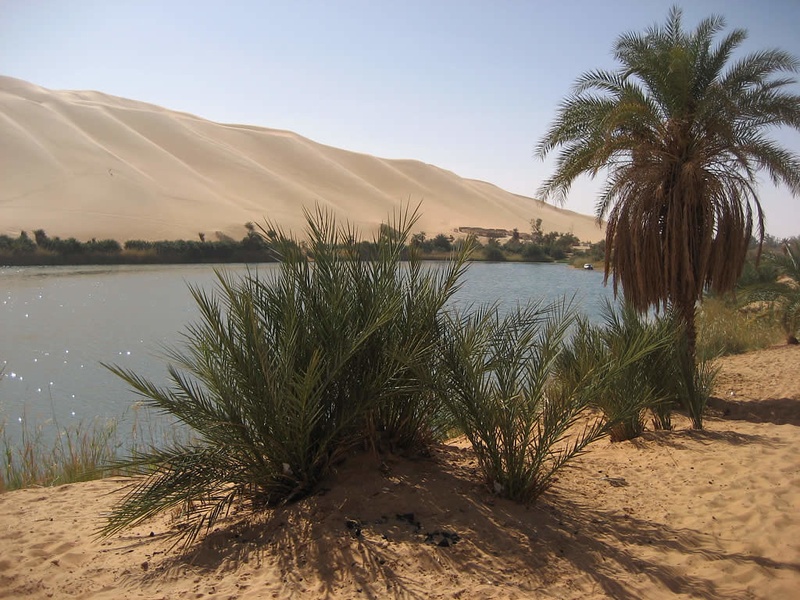
Gaberoun
Gaberoun is a renowned oasis lake in the Ubari Sand Sea of southwest Libya. This lake is famous for its bright blue water and surrounding palm trees. It is highly saline, meaning it contains a lot of salt. Gaberoun represents a prime example of a permanent desert lake in Libya.
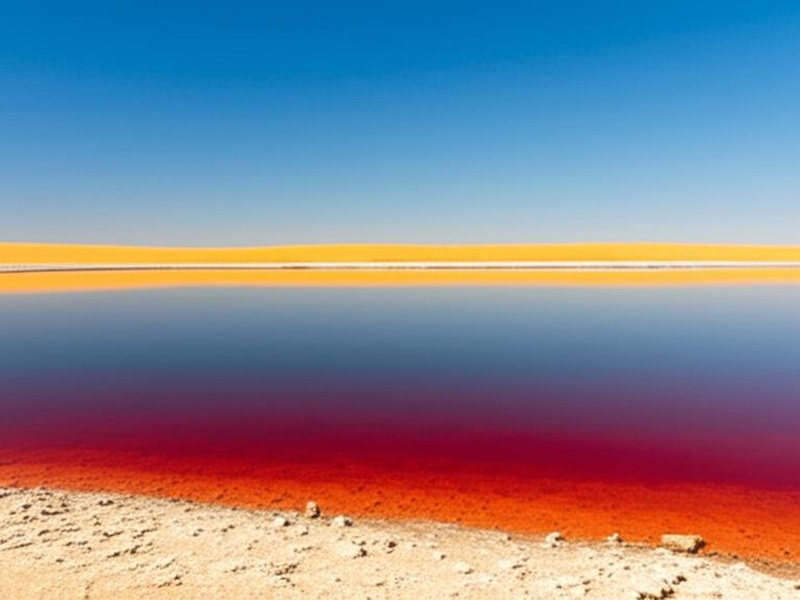
Umm al-Maa
Umm al-Maa is another prominent oasis lake located in the Ubari Sand Sea, close to Gaberoun. Its name translates to “Mother of Water.” This lake is also very saline, a common trait for many desert lakes in the region. It supports unique life adapted to its salty environment.
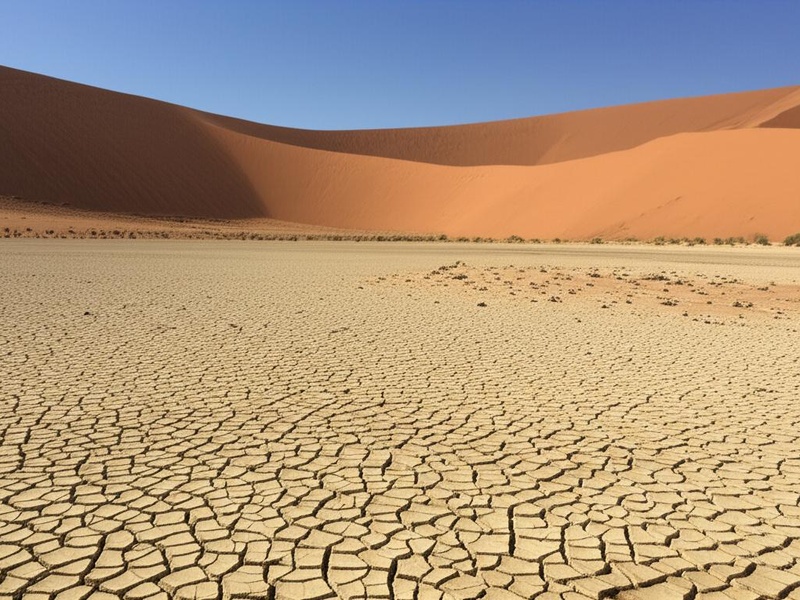
Mandara
Mandara is one of several oasis lakes found within the Ubari Sand Sea in Libya. Though smaller than some other Ubari lakes, it shares their distinctive saline water. This lake is included to show the variety and shared characteristics of the Ubari lake system.
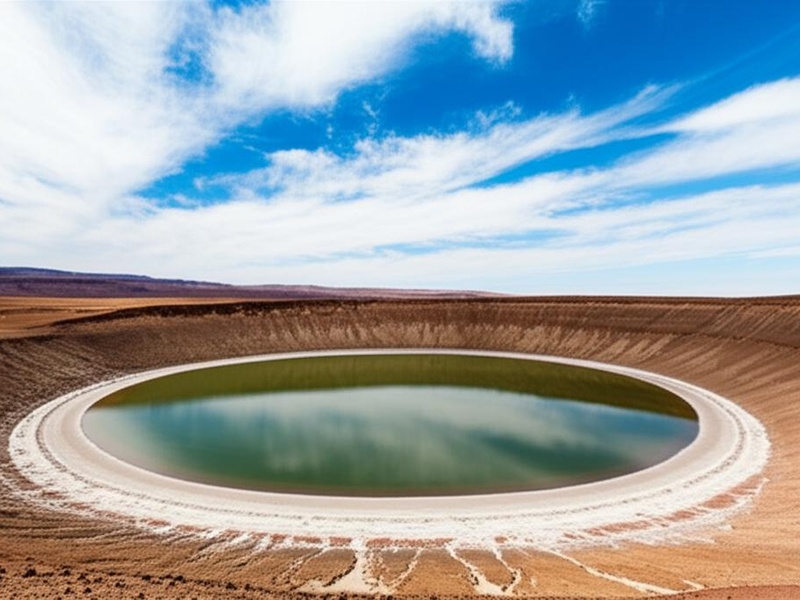
Truna
Truna is an oasis lake located within the Ubari Erg in Libya’s southwestern desert. Like its neighboring lakes, Truna features highly saline water. It showcases the unique hydrological features of this arid region. Truna provides insight into the diverse lake types found in Libya.
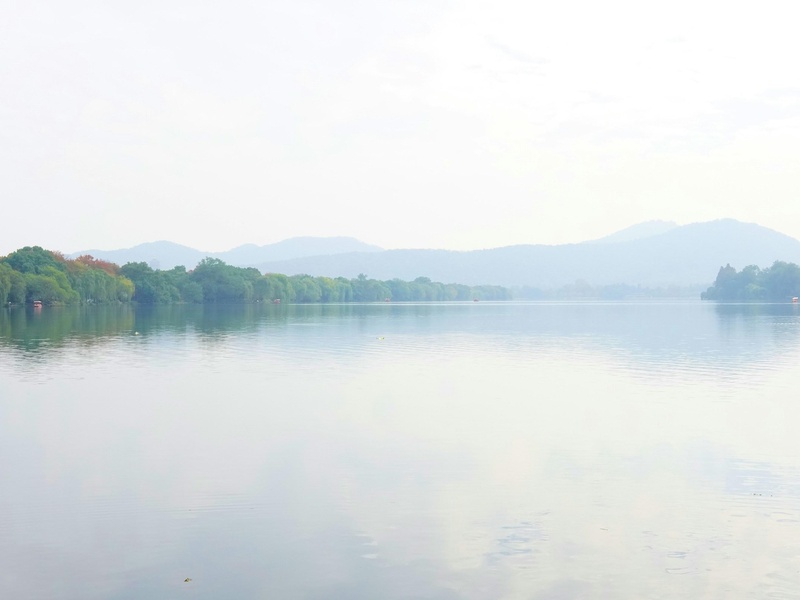
Buema Lake
Buema Lake, also known as Bouama, is a small, saline oasis lake in the Ubari Sand Sea of Libya. It exemplifies the scattered water bodies of Libya’s desert oases. Its presence contributes to the rich, albeit harsh, ecosystem of the area. This lake is a testament to natural water sources in arid lands.
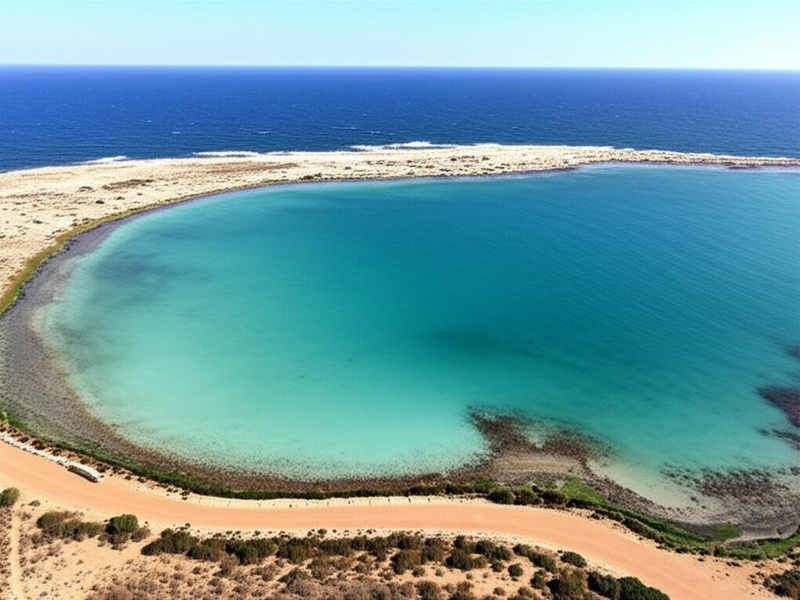
Ain Zayanah
Ain Zayanah is a significant coastal lagoon located near Benghazi in eastern Libya. Its water is often brackish, a mixture of fresh and saltwater. This makes it a vital habitat for various bird species, especially during migration. It provides a contrast to the inland desert lakes of Libya.
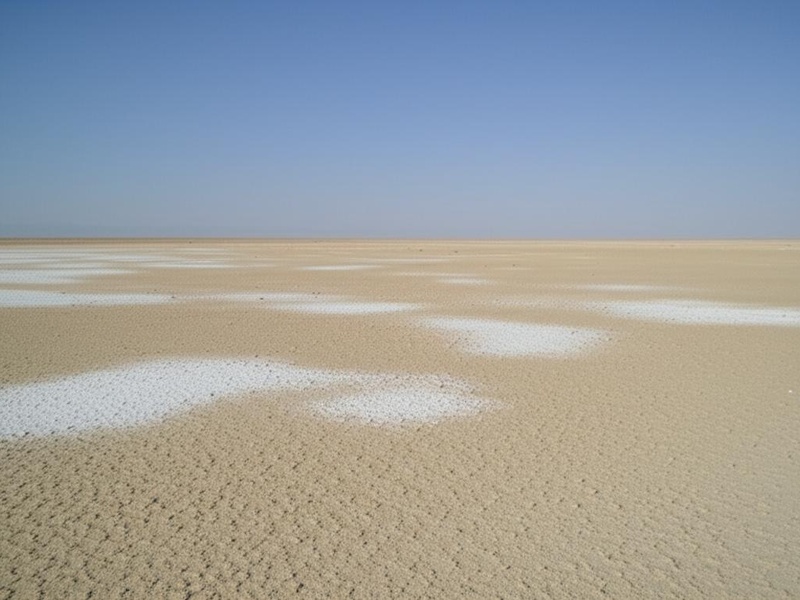
Sabkhat Ghuzayyil
Sabkhat Ghuzayyil is a vast salt flat, or sabkha, situated in central Libya. It typically appears as a dry, crusty depression. After significant rainfall, it can temporarily hold water, making it an intermittent ‘lake’. This element highlights how “lakes” in arid Libya can be large, temporary saline depressions.
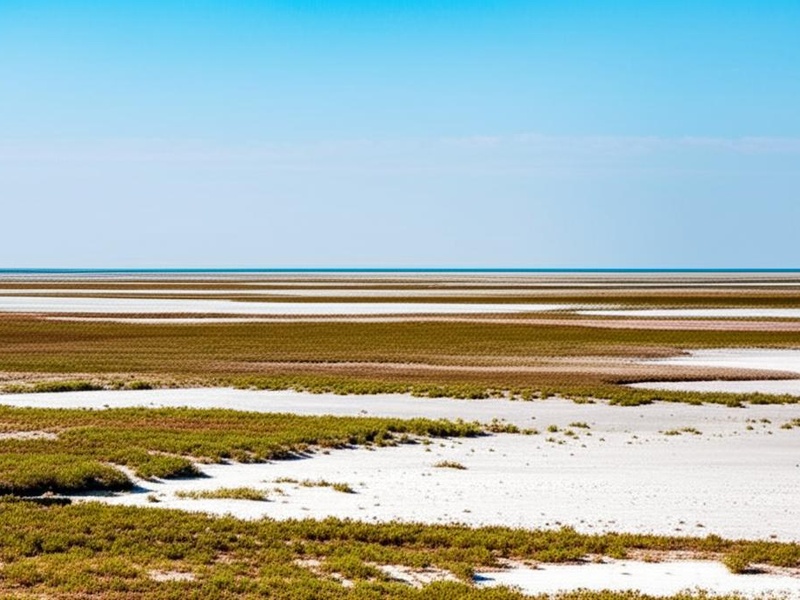
Sabkhat Tawargha
Sabkhat Tawargha is another large and important sabkha located near Misrata in coastal Libya. It is a low-lying area that collects water seasonally, then evaporates, leaving behind a salt crust. This sabkha represents a common type of ephemeral water body in Libya’s unique landscapes. It offers an important ecological niche.
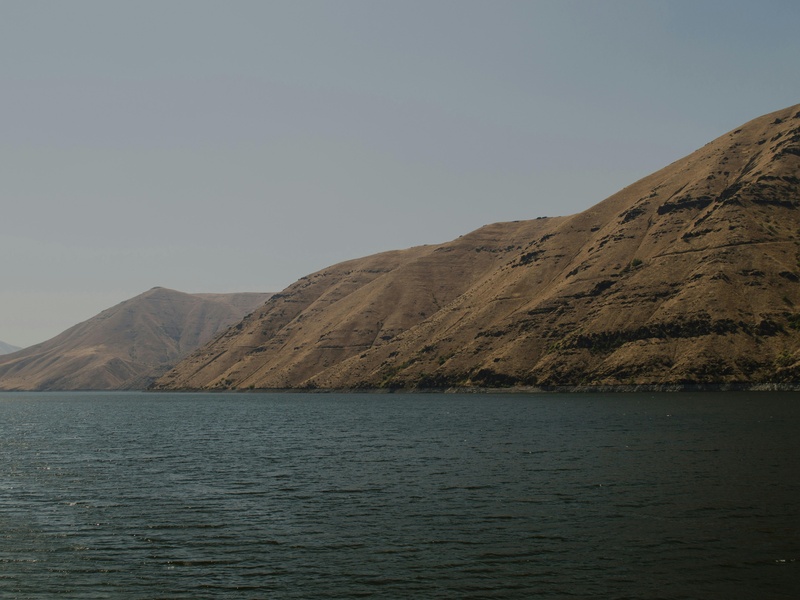
Wadi Ghan Dam Lake
Wadi Ghan Dam Lake is an artificial reservoir located in northwest Libya. It was created by constructing a dam across the Wadi Ghan. This man-made lake serves as a critical water resource. It supplies water for irrigation and local communities, demonstrating human adaptation to arid conditions.
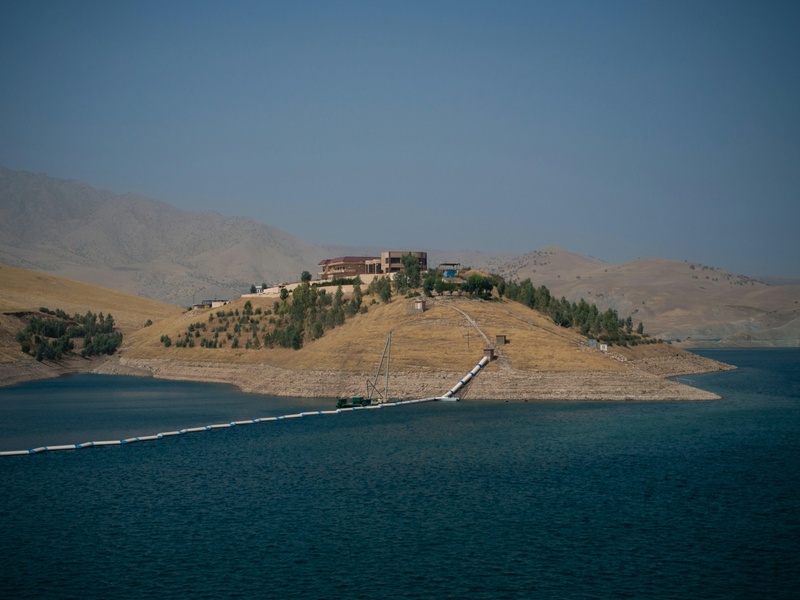
Wadi Kaam Dam Lake
Wadi Kaam Dam Lake is an artificial lake formed by the Wadi Kaam Dam, located in northwest Libya near Al Khums. It is crucial for local water supply and supporting agriculture in the region. Its inclusion showcases Libya’s reliance on engineered water solutions to manage its limited freshwater resources.
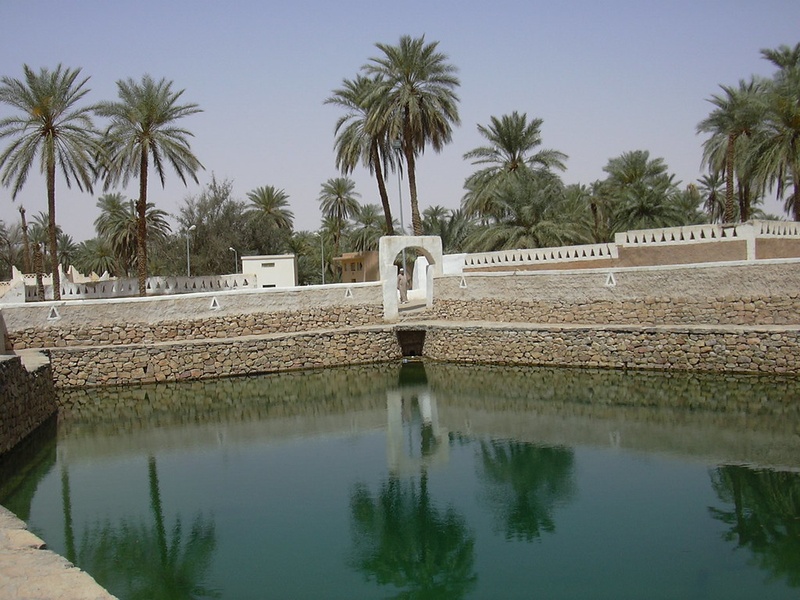
Ain al-Faras
Ain al-Faras is a significant oasis in western Libya, near the city of Ghadames. It features a perennial water source, acting as a spring-fed lake. This vital freshwater point supports local agriculture and settlements. It is essential for sustaining life and biodiversity in the vast Libyan desert.
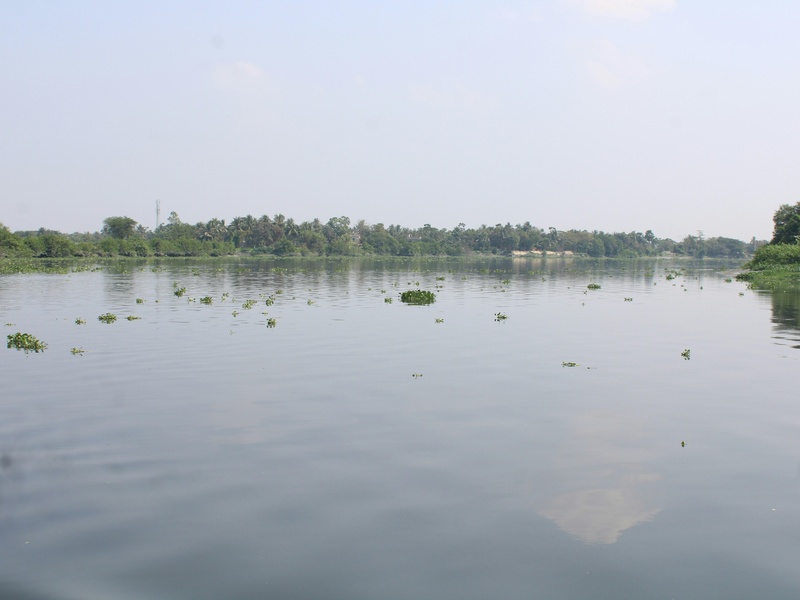
Jaghbub Lake
Jaghbub Lake resides within the remote Jaghbub Oasis in eastern Libya. This oasis lake is a key feature of its isolated desert settlement. Its waters, sustained by natural springs, create a unique aquatic habitat. Jaghbub Lake highlights how natural water sources support life in deep desert depressions.
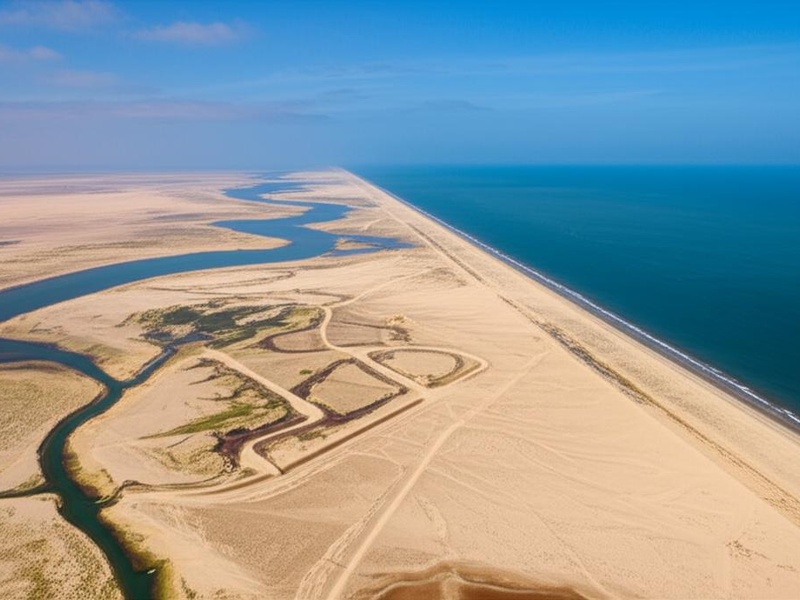
Sabkhat al-Hask
Sabkhat al-Hask is a large sabkha, or salt flat, found in eastern Libya. This low-lying area collects rainfall and forms a temporary, shallow lake. The water then evaporates, leaving a salt-encrusted surface. It is a prime example of an ephemeral “lake” common in Libya’s arid regions, showcasing dynamic water cycles.

